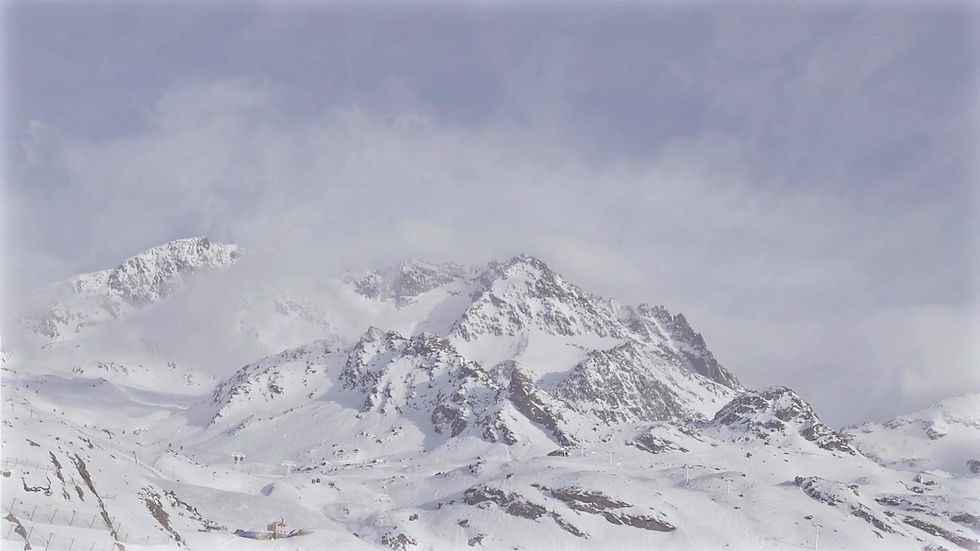

NWB
Sensors, Inc.
PRODUCTS
Continually monitor clouds both day and night with our long wave infrared (thermal) imaging systems. It comes equipped with an advanced weather station and calculates real-time precipitable water vapor using onboard GPS receiver system.
The accuracy of snow measurement has profound impact on the precision of water availability and stream-flow forecasts.
The Snomonstor line of snowpack sensors is the solution to provide these measurements at lower cost of ownership compared to current sensor systems.
Customize your data analysis solutions. Our applications can be tailored to your needs to utilize data generated from systems we've built or other data sources.

ABOUT
NWB Sensors, Inc. was formed by Austin Beard and Paul Nugent, friends with a shared passion in environmental science. Initially a system integrator, in 2015 we began developing our own line of products. As human populations grow, we must do more with limited resources. We are focused on building high accuracy environmental sensors, designed specifically to improve decision-making related to resource management.
We currently offer Infrared Cloud imagers (ICIs), liquid-less Snowpack Monitoring systems (Snomonstor), weather station maintenance, and data analysis as a service.

Services
Weather stations are an essential tool for monitoring weather conditions. To ensure accuracy, regular maintenance is necessary. This includes cleaning sensors, checking connections, and replacing batteries. NWB has maintained over 250 weather stations all across the United States. Services include full installations, hardware updates, general site maintenance, and overall system updates and improvements.
Radiative transfer is a fundamental process in weather modeling that describes the transfer of energy through the atmosphere. It plays a crucial role in determining the and composition of the atmosphere, as well as the distribution of clouds and precipitation.
Accurate modeling of radiative transfer is essential for predicting weather patterns and understanding climate change. NWB has extensive experiment with modeling radiative transfer on a local and global scale.
Using AI for weather prediction involves analyzing large amounts of data from various sources. Machine learning algorithms are then used to identify patterns and make predictions about future weather conditions. This technology has the potential to improve the accuracy of weather forecasts and provide more detailed information about local weather conditions. With AI-powered weather prediction, we make better decisions about our daily activities.
CONTACT
Inquiries
For any inquiries or questions, please call: 406-579-0510 or fill out the following form





